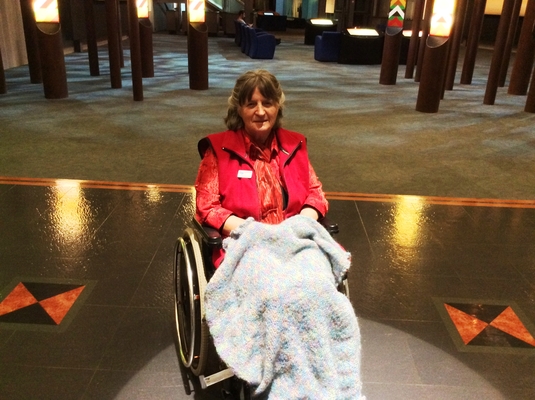Ocean Grove’s Barbara Hamann was infected with polio in 1955, at 12 years of age.
She was put in an isolation ward due to fear of transmission, and her right arm and left leg were paralysed. After a near full recovery at the age of 15, Barbara lived an independent and productive life. She married, had four boys, worked in hospitals and as a bridal dressmaker, and was very active in her spare time. Now, the independence she fought so long and hard for is now being challenged by the debilitating effects of Late Effects of Polio (LEoP).
The LEoP can cause new muscle weakness and atrophy, chronic fatigue, pain, and respiratory problems. As polio is a disease of the past in Australia, there is little knowledge of the LEoP in the health sector today. Those living with the condition are often faced with exorbitant medical expenses to diagnose and manage the symptoms, as well as the cost of mobility aids and equipment to help maintain their quality of life.
Barbara’s ability to age with dignity is compromised due to a lack of knowledge of the LEoP among health care professionals and lack of understanding from others. Barbara echoes the experience of many polio survivors.
“The hardest thing for me, personally, is that I don’t have a ‘visible disability’, and people don’t accept that I am struggling with the Late Effects of Polio,” she said.
A recent grant from the Department of Health to fund a LEoP Clinical Practice Workshops Program has brought that goal much closer. Over the next three years, Polio Australia plans to upskill up to 3600 health practitioners across Australia in how to best manage the LEoP for their clients.







